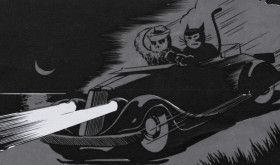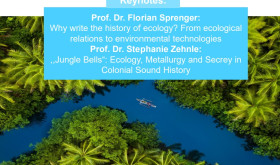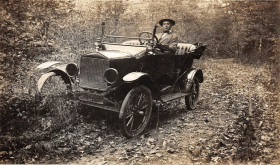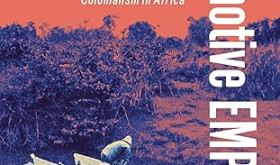Off the Road:
The Environmental Aesthetics
of Early Automobility
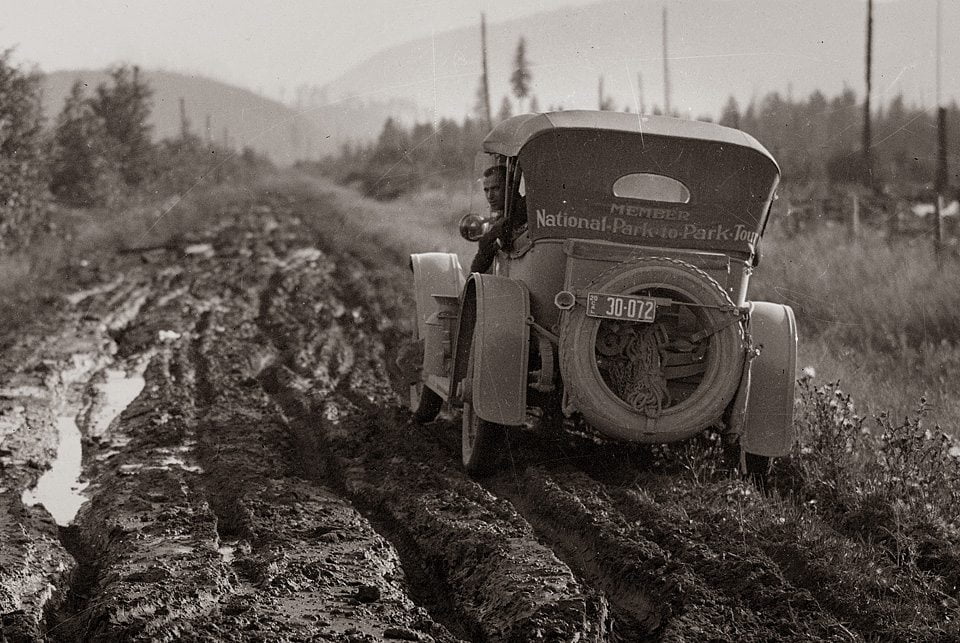
Lecture
In the first decades of its existence, automobility was a thoroughly
environmental experience. Most roads were mud or sand paths, and most
cars were open to the air. Drivers had to pay attention to the material
conditions of the road, to the weather, flora, and fauna. Automobility
thus created new ways of perceiving and representing the natural
environment—new environmental aesthetics. This talk identifies a key
component of this aesthetics: the pastoral mode, with its emphasis on
idyllic, fertile landscapes. Early narratives of automobility were full
of pastoral scenery. The talk asks why this longstanding mode was so
popular with car drivers and traces its influence on the design and
usage of roads in early twentieth-century America.
When: Monday 20th January
Where: University of Tübingen
Organiser: University of Tübingen, Department of American Studies
Speaker: Prof. Dr. Timo Müller



